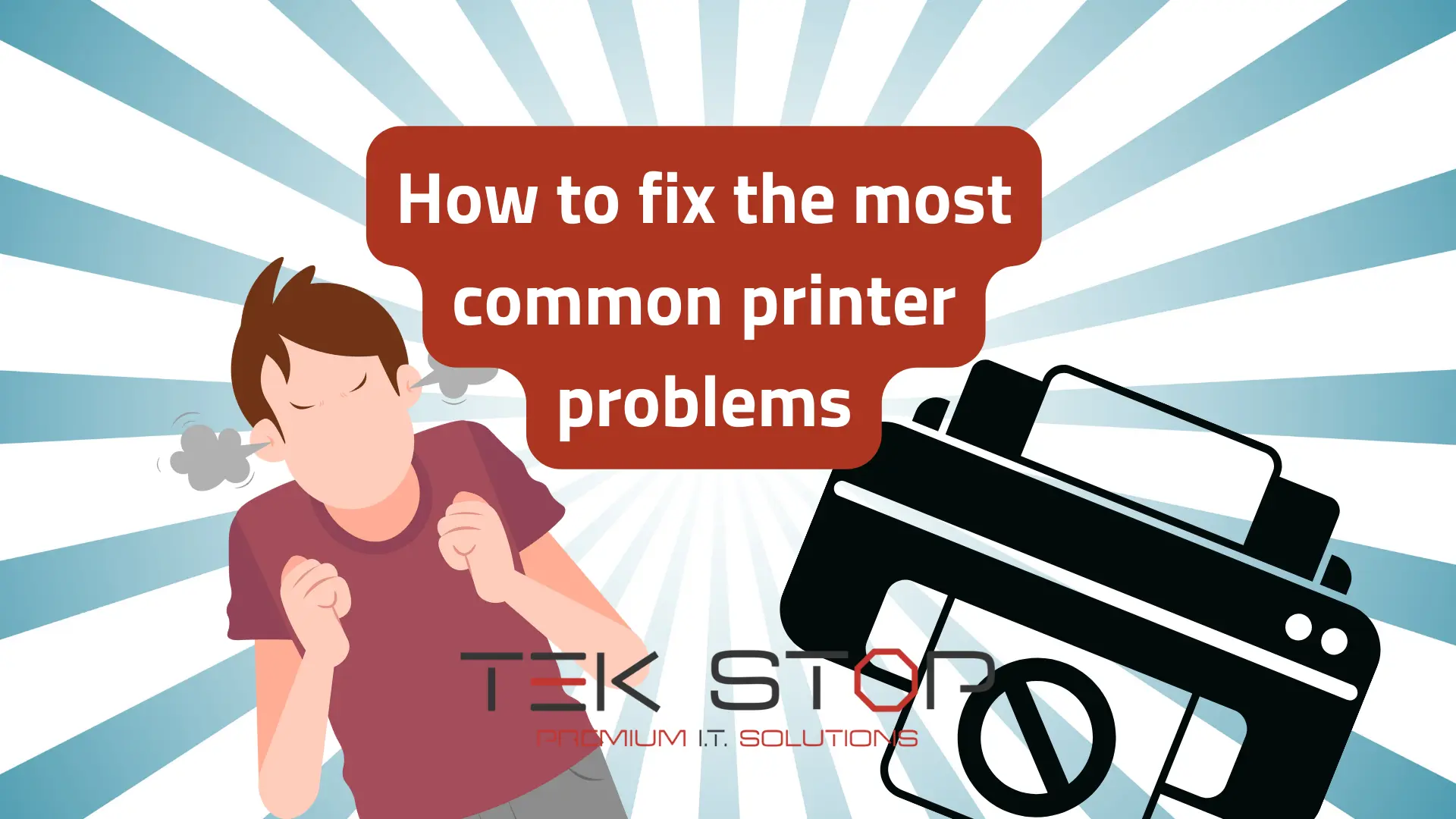What is Organizational Agility?
Developing organizational agility is important in a business of any size. The future can be hard to predict. Just think about everything that has happened around the world in the past two years. From COVID-19 to supply chain problems and war, no one could have predicted these events to properly prepare.
These unexpected challenges make it difficult for companies to succeed and achieve their business objectives long-term.
When the needs of your employees and clients shift rapidly, you have to be ready to make the necessary changes. Small and medium-sized businesses can be ready for this by practicing organizational agility.
Organizational agility is the ability to quickly assess how market conditions may change and to make adjustments within a company accordingly. It enables you to quickly change directions as needed, avoiding prolonged downtime and revenue loss.
Importance of organizational agility
Agility-focused businesses can control their growth. This improves their efficiency and makes costs predictable.
Instead of predetermining the path forward, this approach allows you to make changes as-needed based on feedback throughout the growth process. Employees and other key stakeholders can provide this feedback on an ongoing basis. Once changes have been made, you can prepare to make additional improvements based on future feedback. Since your clients are an important part of your business, you can also use their feedback when making changes and identifying opportunities for growth.
What is the difference between agility and scalability?
Scalability is the ability to increase and decrease your available resources as needed. Organizational agility, however, is the ability to react quickly to challenges with minimal negative effects to your operations. You can keep moving forward, despite rapid changes to your business.
Simply put, scalability allows you to adjust up and down in response to changing markets, while agility allows you to move left and right to avoid obstacles.
To effectively grow your small business, you’ll need to practice both scalability and agility. To make this happen, you’ll need to address a few things.
Define your target audience
It’s important to consistently deliver value to your clients. Take time to establish trust and transparency with them.
Gain a better understanding of what creates and influences value
Many companies have identified their target customers, but they don’t always know why consumers choose to purchase from them. When providing product and services to your clients, take note of their reactions to get a better picture. Continue to evaluate and note your clients’ preferences.
Approach growth in an iterative manner for organizational agility
In our unpredictable world of business, it’s better to grow iteratively. You can learn as you go and adapt your strategy to meet new demands. That’s the core of organizational agility.
Create self-managing teams
Create small self-driven teams with all the skills and knowledge that your company needs. Members should be cross-trained so that they can adjust to the needs of each iteration and figure out the best method to organize themselves to complete the task swiftly.
Create a culture of constant improvement
Setbacks and obstacles are inevitable in business, but what’s important is that you get yourself up and try again after each setback.
A managed service provider (MSP) can help you achieve organizational agility
Developing organizational agility may need far more time and effort than you have available. If that concerns you, partner with a professional managed service provider (MSP) like us to make your journey toward organizational agility easier.
Contact us today to schedule a no-obligation consultation.
To help you understand the concept better, we created an infographic titled “Considerations for Achieving Organizational Agility,” which you can download for free by clicking here.
Recent Posts
Common Printer Problems and How to Fix Them
You hit print, eager to get that concert ticket in
Multi Factor Authentication: The Ultimate Guide to Securing Your Accounts
What is Multi-Factor Authentication? Multi-factor authentication (MFA) or two-factor
How to choose the best computer repair service for you!
Ever spilled coffee on your laptop or had your computer






